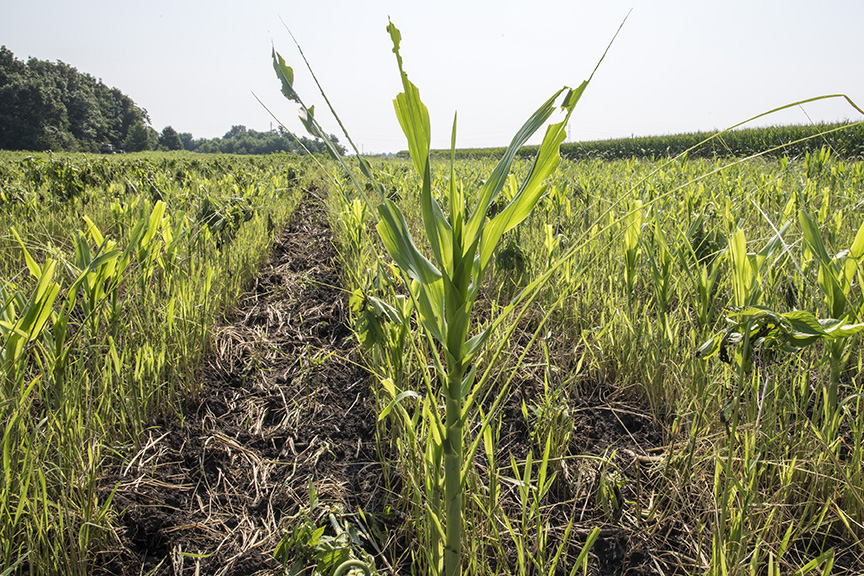
In mid-June, we wrote in the Pest&Crop about the second surge of armyworm moths and suggested that dense, lush grasses (e.g., pasture) could be at risk.

In mid-June, we wrote in the Pest&Crop about the second surge of armyworm moths and suggested that dense, lush grasses (e.g., pasture) could be at risk.
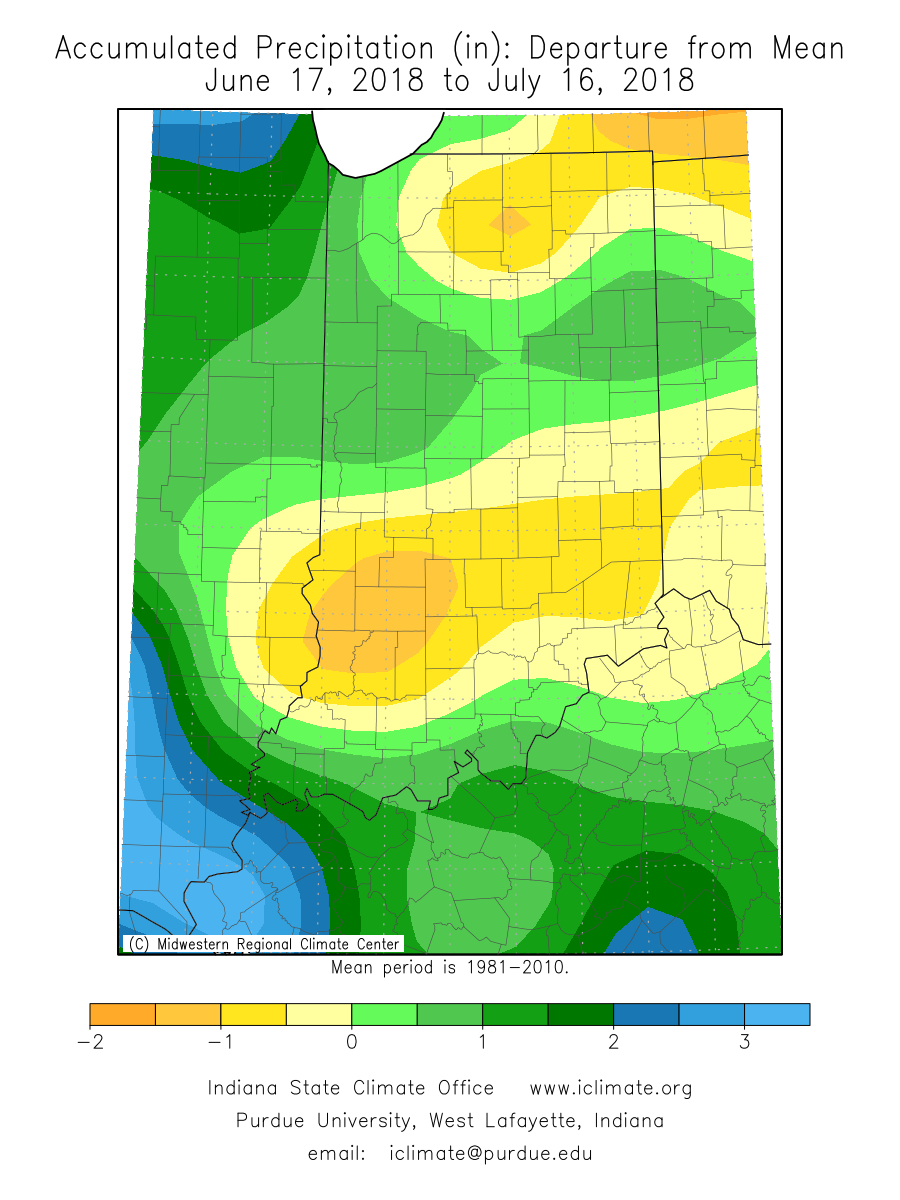
As some areas of Indiana are dry getting drier, there is more concern about the possibility about spider mites being a culprit for yellowing foliage.
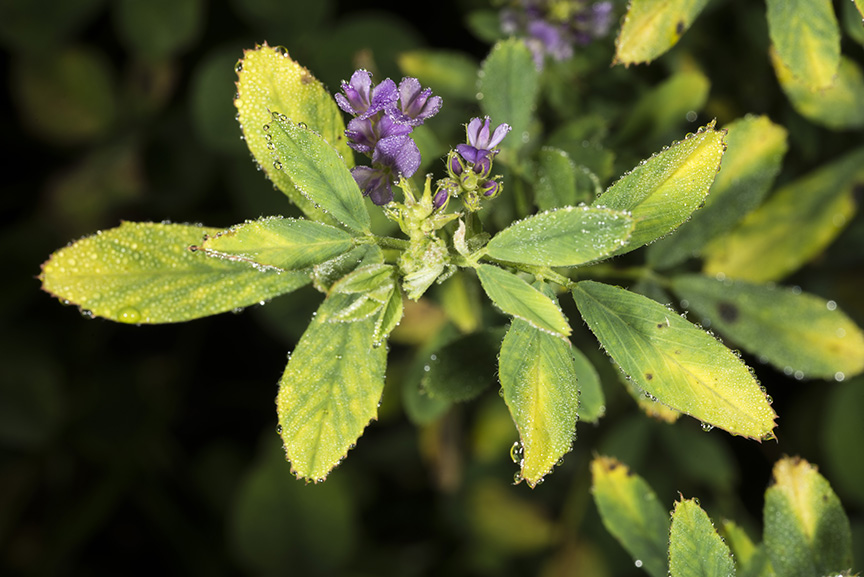
Populations of potato leafhopper continue to plague alfalfa fields throughout the state. Undoubtedly, the extended warm temperatures have contributed to this population explosion.
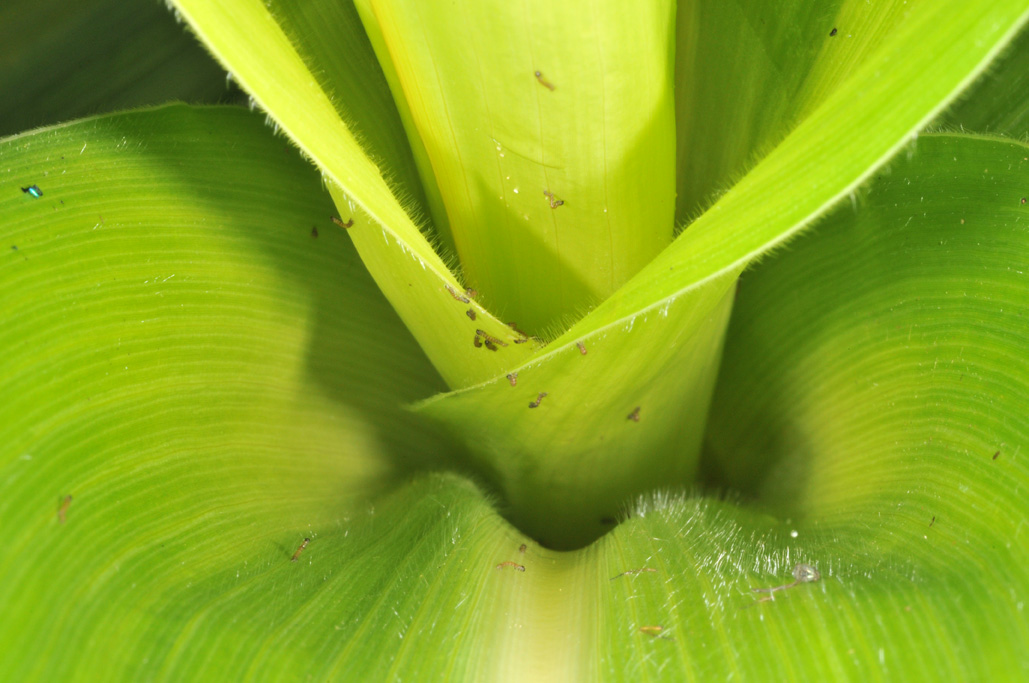
The western bean cutworm (WBC) trapping season continues, and after a slow start, moth flights have surged in many northern Indiana county traps this past week.
Most of our pheromone trappers got their report in during this Independence Day holiday, see “Western Bean Cutworm Pheromone Trap Report.”

Frustrations have been expressed about the numbers of Japanese beetles and their soybean defoliation this season. This compounds the weather woes that soybean has endured, i.e., too wet, too dry, too hot, yellowing from nutrient deficiencies, and the herbicides seemingly torching them.
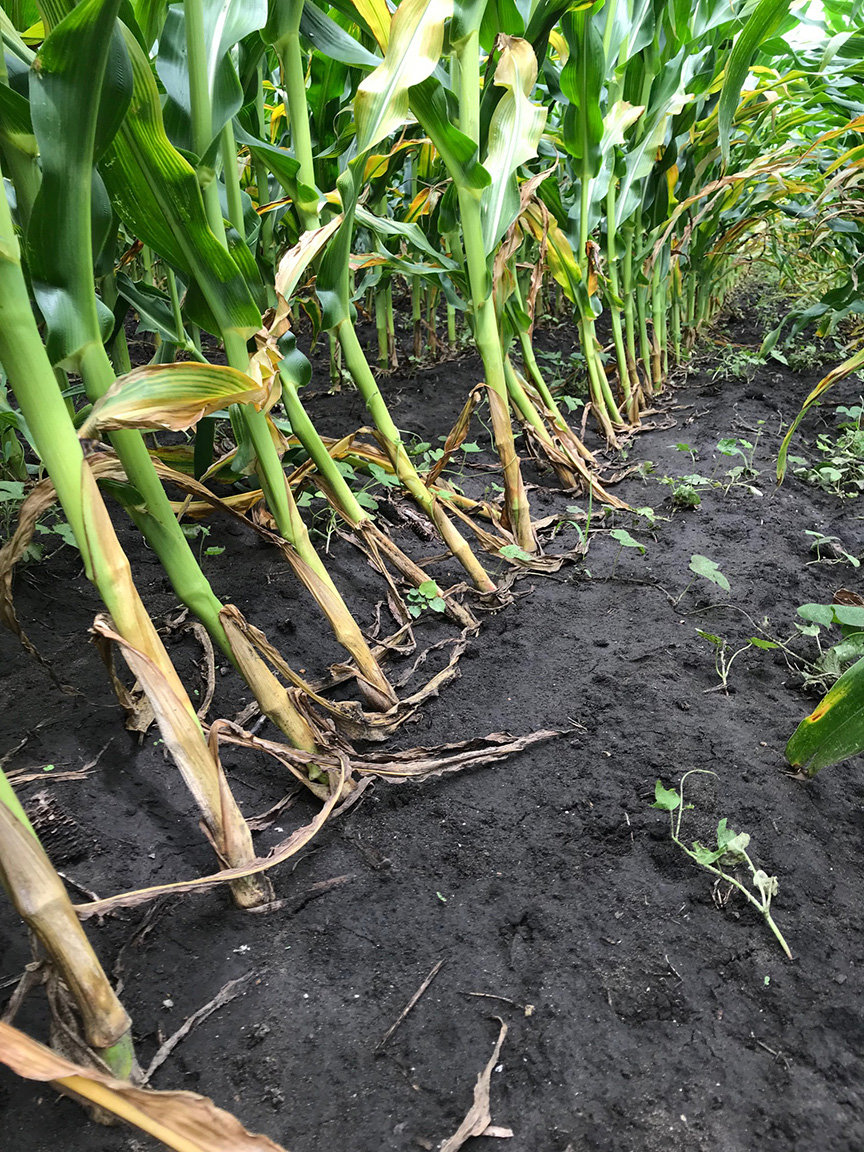
This past week we learned of a producer in a northwestern Indiana county that gambled by not protecting his continuous-corn from rootworm.
Our faithful pheromone trappers are back in business, as they are now monitoring for the emergence of western bean cutworm moths from the soil.
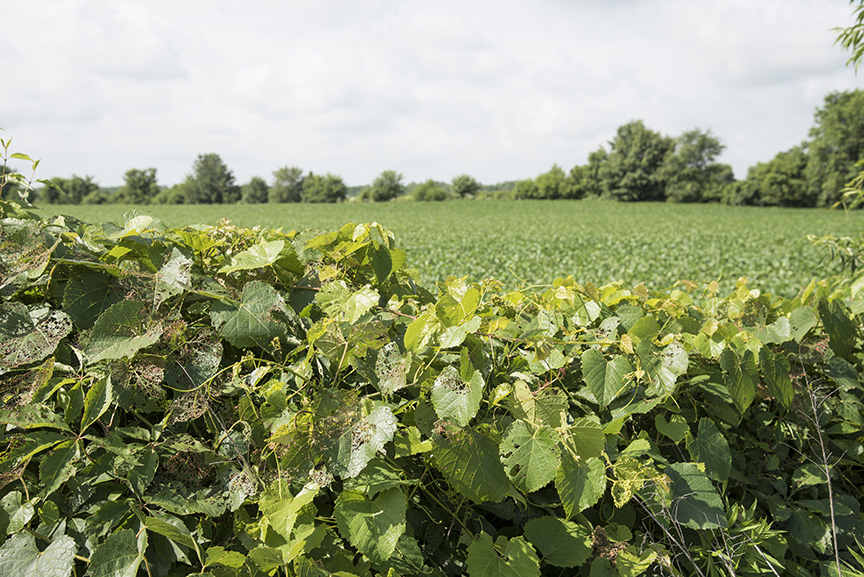
Japanese beetle are emerging and can be seen throughout the state on corn and soybean plants.
2018 Western Bean Cutworm Pheromone Trap Report
© 2025 Purdue University | An equal access/equal opportunity university | Copyright Complaints | Maintained by Pest&Crop newsletter
If you have trouble accessing this page because of a disability, please contact Pest&Crop newsletter at luck@purdue.edu.